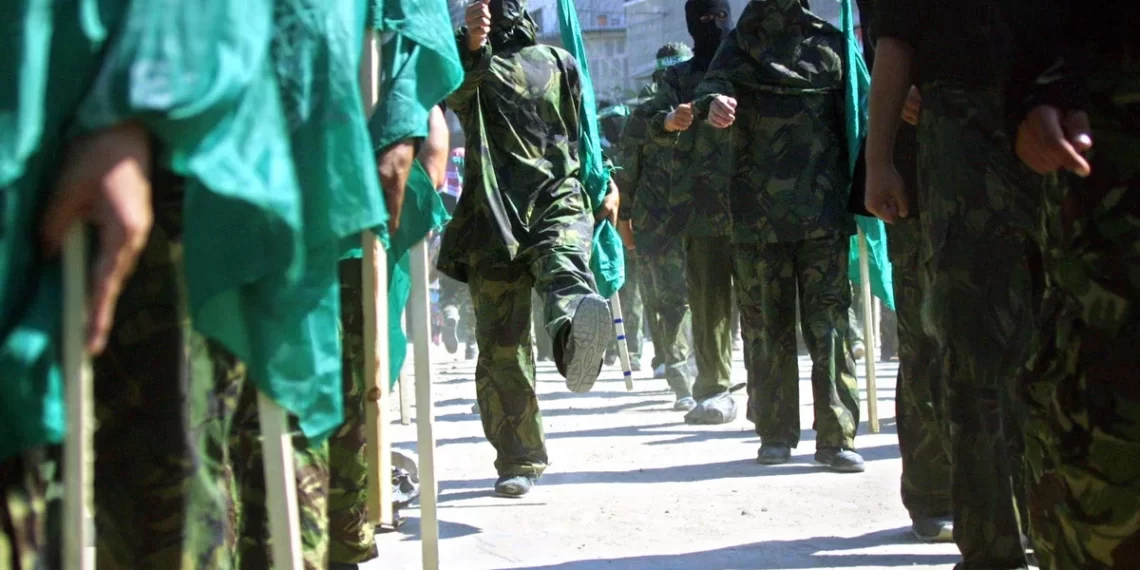Advertisement
The longstanding conflict between Israel and Hamas, a militant Palestinian organization, has repeatedly flared into intense periods of violence. The reasons behind these cycles of conflict are deeply rooted in historical, political, and regional factors. In this article, we will explore the key causes and triggers that led to the hostilities between Israel and Hamas.
1. Historical Background
The conflict between Israel and Hamas is rooted in the broader Israeli-Palestinian conflict, which dates back to the late 19th and early 20th centuries. The establishment of the State of Israel in 1948 led to the displacement of hundreds of thousands of Palestinian Arabs, sowing the seeds of long-standing animosity.
2. Territorial Disputes
One of the central issues in the Israeli-Hamas conflict is the dispute over territory. Both Israel and the Palestinian territories, including the Gaza Strip and the West Bank, lay claim to historical and strategic lands. The Gaza Strip, which is under Hamas control, has been particularly contentious, as it is densely populated and has faced severe economic challenges and blockades.
3. Jerusalem and Religious Sites
Jerusalem, a city holy to Judaism, Christianity, and Islam, is a flashpoint in the conflict. Clashes over access to religious sites, especially the Al-Aqsa Mosque in the Old City of Jerusalem, have led to escalating tensions. Any perceived threat to religious sites can quickly spark violence.
4. Political and Leadership Dynamics
Hamas and its rival, the Palestinian Authority, have engaged in political power struggles, adding to the complexity of the situation. Disagreements over governance, elections, and leadership have contributed to ongoing divisions among Palestinians, further complicating efforts to achieve a unified stance in negotiations with Israel.
5. Rocket Attacks and Border Clashes
Hamas has launched rocket attacks into Israeli territory, with the intent of striking Israeli cities and settlements. These attacks have caused casualties and property damage, prompting Israeli retaliation. The firing of rockets and the Israeli military’s response have been recurring triggers for conflict.
Advertisement
6. Blockades and Humanitarian Conditions
The Gaza Strip, governed by Hamas, has faced economic blockades and restrictions on the movement of people and goods since 2007. These conditions have led to high unemployment, poverty, and limited access to essential services, creating a humanitarian crisis. The desperate situation in Gaza has fueled anger and resistance.
7. Historical Agreements and Failed Peace Processes
Several attempts have been made to broker peace agreements, most notably the Oslo Accords of the 1990s and the Camp David Summit in 2000. However, these efforts have failed to produce a lasting resolution. The perception of broken promises and a lack of progress has eroded trust between the parties.
8. External Influences
The conflict between Israel and Hamas is often influenced by regional and international actors. Support from countries like Iran for Hamas and military assistance from the United States to Israel have further complicated the situation. Geopolitical dynamics and the interests of external players can intensify hostilities.
9. Cycles of Violence
Over the years, the Israeli-Hamas conflict has witnessed cycles of violence, with escalations, ceasefires, and negotiations followed by renewed confrontations. These cycles have reinforced a sense of despair and frustration on both sides.
10. Public Opinion and Radicalization
Public sentiment and radicalization play a significant role in perpetuating the conflict. Extremist factions within both Israel and the Palestinian territories have taken more aggressive stances, making it challenging for moderate voices to gain traction.
The conflict between Israel and Hamas is deeply rooted in historical grievances, territorial disputes, political divisions, and a cycle of violence. Achieving a lasting peace solution remains a formidable challenge, as the issues are complex and multifaceted. International efforts to promote dialogue, humanitarian assistance, and a peaceful resolution continue, but the path to a comprehensive agreement remains uncertain. Understanding the causes and dynamics of the Israeli-Hamas conflict is essential for anyone seeking to engage in discussions about the ongoing challenges in the Middle East.





